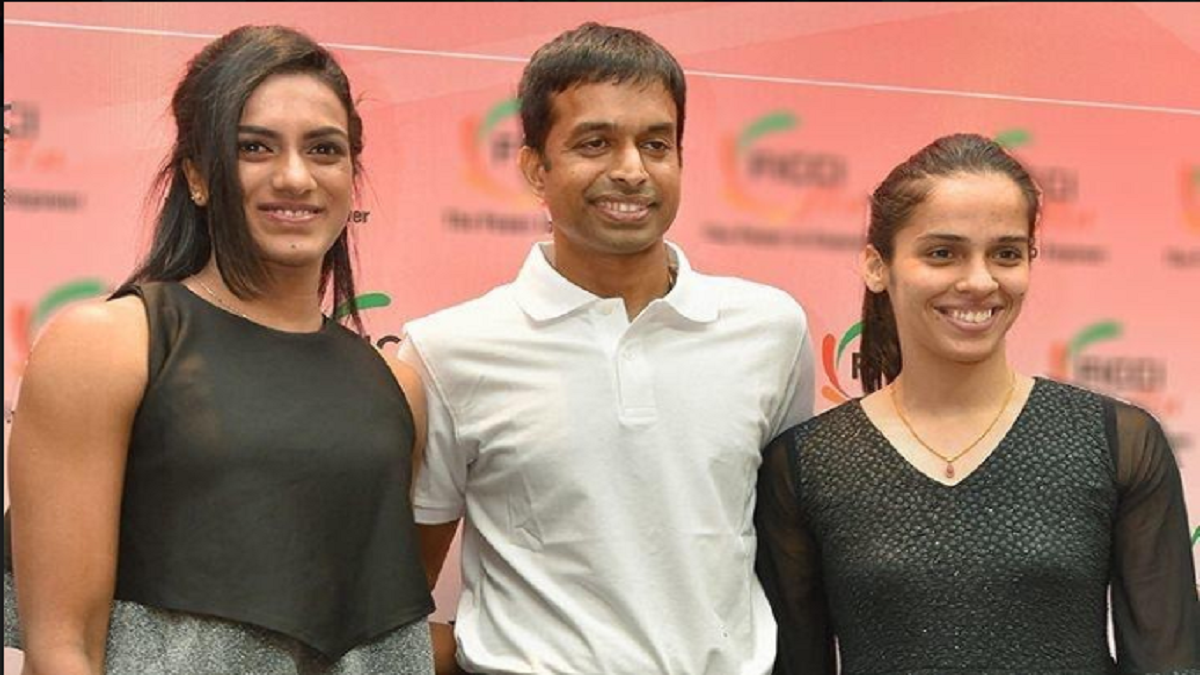


On 2 June 2014, Telangana became the youngest state of India with the city of Hyderabad (declared a World Heritage City by UNESCO in March, 2013) as its capital, which it shares with Andhra Pradesh.
About a century ago, the plague had wreaked havoc on Hyderabad. According to Anglo-Indian historian, Eric Lewis Beverley, about 20% of the city’s population had been killed by the plague. A deadly infectious disease – the plague had first broken out in 1911 to the west of Hyderabad Railway Station. But the city rebuilt itself from its medieval stronghold to a contemporary city. The sight of the plague-ridden city was transformed into a developed modern colony by draining a lake and turning part of it into a playground. No doubt, the open playground that was key to Hyderabad arose as a football powerhouse and produced many stalwart players.
Noor Mohammad and Lt. S.K. Azizuddin were both from Hyderabad and played in the Olympics (Helsinki 1952, Melbourne 1956), three successive Asian Games (New Delhi 1951, Manila 1954, Tokyo 1958), besides, four South-East Asian Quadrangular Tournaments, and toured to the Soviet Union (now Russia) and the Far East. The Hyderabadis did not miss a single international match at home or abroad from 1950 to 1958.
Yesteryears’ football enjoyed a special position in Hyderabad. In the heritage city of Hyderabad, the most famous football players of the earlier generation were Noor Mohammad and S.K. Azizuddin, A. Lateef (who participated in the Olympics in 1952, 1956 and 1960, was captain of the Indian team which played qualifying matches in the 1960 Rome Olympics and also a member of the Indian team which won the gold medal at the 1951 Asian Games), Ahmed Hussain, Mohd Balaram, T. Zulfiqar, Thulasi Das Balarman, S.S. Hakeem (the only football player to have played football for India, and coached the national team and officiated it; was also Regional Director of Sports Authority of India, Eastern Centre at Salt Lake Calcutta (now Kolkata) from September 1993 to April 1955), H. Hamid (played in the Rome Olympics at the age of 19), the late Yusuf Khan, B. Kannan, Kaleemudin, Rahamutullah and Mohd Habib. Last but not least, was the dedicated coach, S.A. Rahim of Hyderabad. He was the coach of the Indian football team for three successive Olympics: 1952, 1956 and 1960. After 1960, the Indian football team has been consistently eliminated in the pre-Olympic stage.
The then Hyderabad city police also won the Durand Cup – the second oldest tournament in the world – in 1954 and 1957, and later on, the Andhra Pradesh Police won in 1961.
At the Rovers Cup, played in Bombay (now Mumbai) and organised by the Western Indian Football Association, Hyderabad City Police (later, Andhra Pradesh Police) have been nine-time champions. They won every time they entered the finals. They won it five times in a row in 1950-1954, then in 1957, 1960, 1962 (joint winners) and 1963. The Hyderabad state also won the nationals in 1956-57, 1957-58, 1965-66 (Andhra Pradesh). Osmania University, Hyderabad was the winner of the All-India Inter-University Tournament, bagging the Sir Ashutosh Mukherjee Memorial Shield for three years (1954-55, 1955-56 and 1959-60), and were the runners-up in 1960-61, 1963-64 and 1965-66. So, there is no doubt that in the yesteryears, football enjoyed a special position in the entire setup of Hyderabad.
At present, the city is old enough to be also known for badminton and tennis. Chief national coach for India, Pullela Gopichand, has been churning out world-class champions. In 2008, Gopichand started the Gopichand Badminton Academy in Hyderabad to impart global-class training to emerging badminton players. The academy, supported by the Sports Authority of India, along with Pullela Gopichand, has produced two Olympic medallists. Saina Nehwal, the first Indian badminton player to win an Olympic medal in women’s singles, won the bronze at the London Olympics on 4th August, 2012. While, P.V. Sindhu won the silver medal in the women’s singles event at the 2016 Rio Olympics.
Srikanth Kidambi also became the first Indian to be ranked World No. 1 on 9April 2018 for a week. He won six super series crowns. Jwala Gutta obtained success in doubles at a Grand Prix level of the tournament, winning the mixed doubles title at the Bulgarian Open at Sofia on October 12, 2008, with her partner, V. Diju. Court queen, Sania Mirza also became the first Indian to win the women’s doubles title at the US Open when she, along with Swiss Martina Hingis, won the title in 2015 in New York (USA).
No doubt, Hyderabad made for a global sports powerhouse — flying kites has always been a great tradition in the city.
The writer is a former Associate Professor at the University of Delhi and a Consultant at the Limca Book of Records.